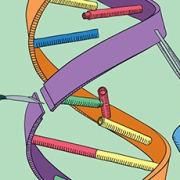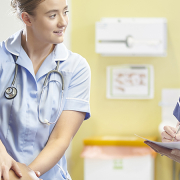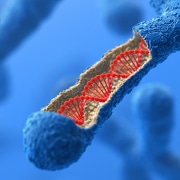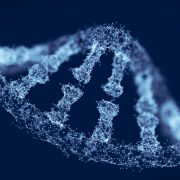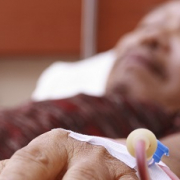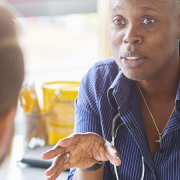Genomics and the ‘Angelina Jolie effect’
In recent years, celebrities have raised the profile of genetic testing – but is all publicity good publicity?
In 2013, the New York Times published an opinion piece by actress and director Angelina Jolie. In ‘My Medical Choice’, Jolie revealed that her mother had died at 56 from cancer and that she herself had inherited the same BRCA1 gene variation, giving her an estimated lifetime risk of around 87% for breast cancer and 50% for ovarian cancer. She went on to describe her decision to undergo a preventive double mastectomy to reduce her risk of breast cancer to closer to 5%:
“For any woman reading this, I hope it helps you to know you have options. I want to encourage every woman, especially if you have a family history of breast or ovarian cancer, to seek out the information and medical experts who can help you through this aspect of your life, and to make your own informed choices”.
Increased risk awareness
Variations in the BRCA1 and BRCA2 genes are associated with hereditary breast-ovarian cancer syndrome; individuals with such variations are at a substantially increased risk of breast cancer, ovarian cancer and (to a lesser extent) a number of other forms of cancer. These are rare, but where there is a significant family history of the cancers (multiple cases and cases at relatively young ages) it may be appropriate to consider genetic testing; NICE guideline CG164 sets out the criteria for testing and recommendations for surveillance and management of patients with suspected familial breast cancer in the NHS.
Naturally, there was widespread international coverage of Jolie’s story, and anecdotal reports of a surge in women coming forward for BRCA1 and BRCA2 testing, as well as commendation of the actress for choosing to make such a personal medical decision public.
The effect on the health service
A new publication in the BMJ reports the results of a study to determine the impact of the news on rates of testing and mastectomy in a group of insured adult women in the US. Researchers calculated that there was a 64% relative increase in BRCA1 and BRCA2 testing, accounting for an increase of around 4,500 tests in the fifteen days following publication of the editorial alone, with higher rates of testing sustained throughout the year. However, overall mastectomy rates remained unchanged, and mastectomy rates among women who had had a test actually fell from 10% to 7% – suggesting that whilst more women were being tested, a smaller proportion of these were actually at risk of having a gene variation.
The conclusion of the study was that celebrity endorsements ‘can have a large and immediate effect on use of health services’ and effectively communicate with a broad audience – but without necessarily targeting the sub-populations at greatest risk for the relevant health condition. In the US group, this will have increased costs to health insurers – but in a public health system such as the NHS, could it actually divert scarce resources from the most needy to the ‘worried well’?
In the UK, the ‘Angelina Jolie effect’ was reported in 2014 to have more than doubled referrals to breast cancer genetics services; fortunately, though, there was no evidence of an increase in inappropriate referrals – presumably thanks to the existence of clear guidance and its consistent application by GPs and other NHS professionals.
–



